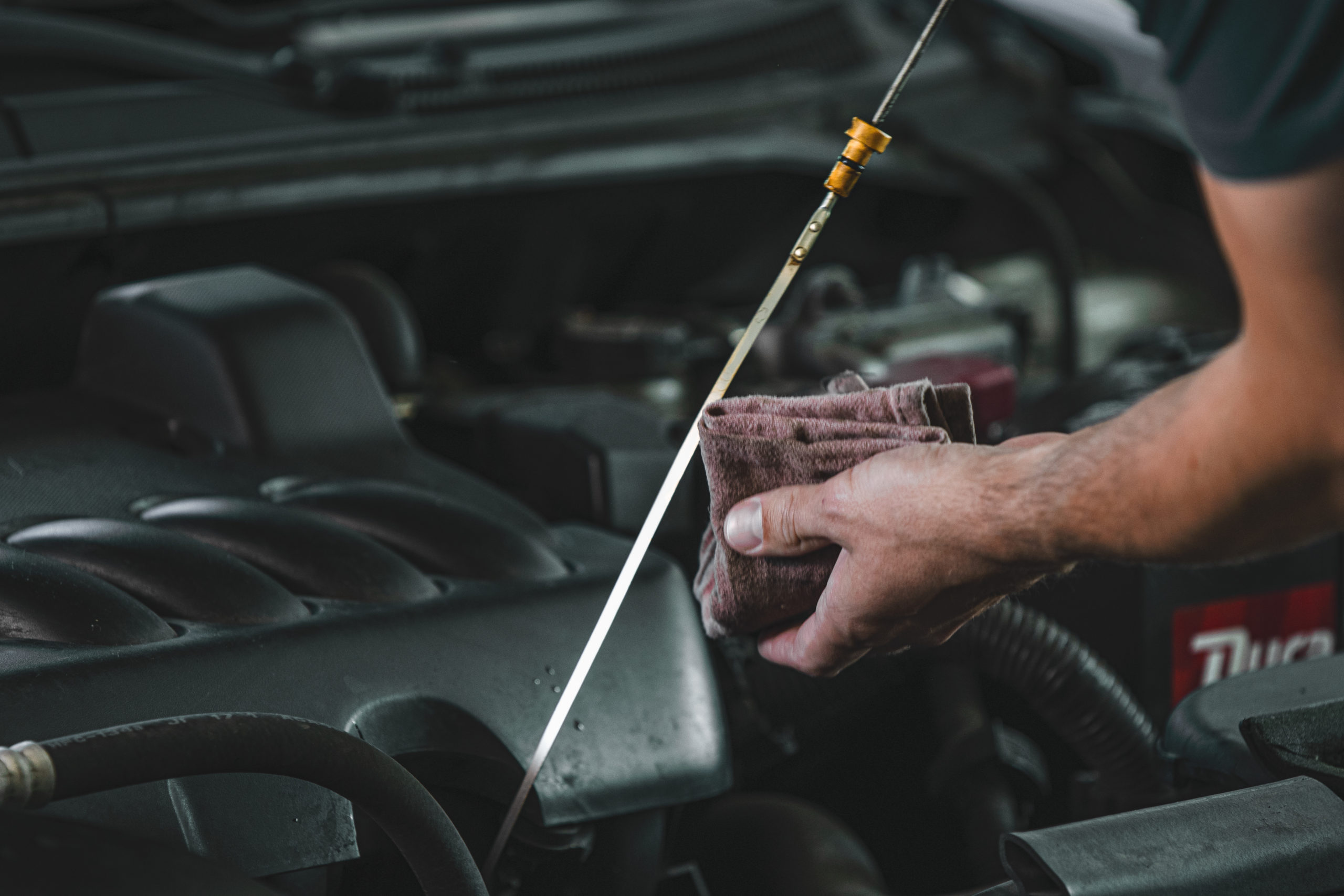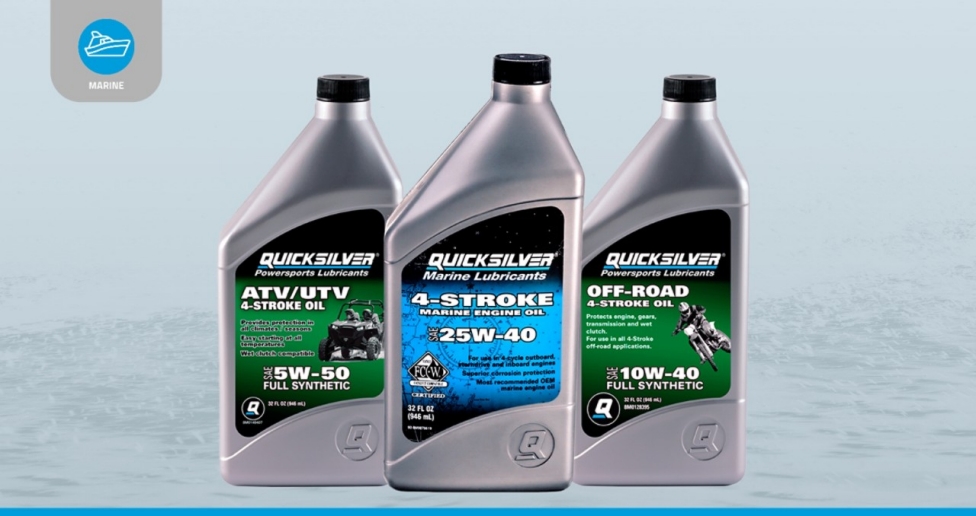To use an engine oil dipstick, locate the dipstick in your car’s engine, remove it, and wipe it clean with a rag. Then, reinsert the dipstick and remove it again to check the oil level.
The dipstick will have markings indicating the appropriate oil level range. It’s important to check your engine oil regularly to ensure your car runs smoothly and to prevent engine damage. Regularly checking your engine oil is an essential part of car maintenance.
Using an engine oil dipstick is a simple and effective way to ensure your car’s oil level is at the appropriate range. In this blog post, we’ll go over how to use an engine oil dipstick and why it’s important to check your engine oil regularly. We’ll also cover some common questions about engine oil dipsticks and provide some tips for maintaining your car’s engine.

Credit: www.amazon.com
Introduction To Engine Oil Dipstick
The engine oil dipstick plays a crucial role in maintaining the optimal performance of a vehicle. It serves as a quick and easy tool to check the oil level and quality, ensuring that the engine remains properly lubricated. By regularly monitoring the oil level using the dipstick, potential issues such as oil leaks or excessive oil consumption can be identified and addressed promptly. This simple yet effective tool is vital for preserving the longevity and efficiency of the engine, making it an indispensable component for vehicle maintenance.
Preparing To Check Your Oil
When preparing to check your oil, make sure to choose the right time and conditions. Ideally, the engine should be cool and parked on a level surface. You’ll need a clean rag or paper towel to wipe the dipstick, and it’s a good idea to have some engine oil on hand in case you need to top it up. Additionally, ensure that the car is turned off to get an accurate oil level reading. Remember to consult your owner’s manual for specific instructions regarding the type of oil and how to use the dipstick.
Locating The Dipstick
To check your engine oil level, first, make sure your car is on a level surface. Then, locate the dipstick, which is usually a brightly colored handle labeled “Engine Oil. ” Pull it out, wipe it clean, reinsert it, and pull it out again to see the oil level.
|
Locating the Dipstick
To check your engine oil level, you need to locate the dipstick. The dipstick is a long, thin metal rod with a handle on one end. It is usually located near the front of the engine, sticking out of the engine block. Refer to your car’s owner’s manual to find the exact location of the dipstick in your specific vehicle. Visual Guide 
Common Challenges and Solutions Some common challenges you may face when using the engine oil dipstick include difficulty in pulling out the dipstick, unclear oil level markings, or oil level appearing too high or too low. To overcome these challenges, make sure the engine is off and cool before checking the oil level. Wipe the dipstick clean, reinsert it fully, and then pull it out again to get an accurate reading. Pay attention to the oil level markings and consult your car’s manual for the correct oil level range. If you are unsure or facing persistent issues, it is recommended to consult a professional mechanic for assistance. |

Credit: www.reddit.com
Step-by-step: Checking Oil With A Dipstick
When it comes to checking your engine oil level and quality using a dipstick, it is important to follow a step-by-step process. Start by removing the dipstick from the engine. Wipe it clean with a lint-free rag and reinsert it fully into the dipstick tube. Remove it again and assess the oil level and quality.
Check that the oil level falls within the designated range indicated on the dipstick. If it is below the minimum mark, you may need to add more oil. Additionally, inspect the color and consistency of the oil. It should be a clear amber color and have a smooth texture. If the oil appears dark, gritty, or has a burnt smell, it may indicate the need for an oil change.
Regularly checking your engine oil using the dipstick is crucial for maintaining the health and performance of your vehicle. By following these simple steps, you can ensure that your engine is properly lubricated and protected.
Interpreting Dipstick Indicators
Checking your engine oil regularly is crucial for maintaining your car’s performance. The dipstick is a handy tool to help you check the oil level and quality. To interpret the dipstick indicators, you need to pay attention to the oil level marks and different oil colors. The oil level marks typically indicate the minimum and maximum oil levels, and you should aim for a level that falls between them.
The color of the oil can also give you an indication of its quality. A light brown or amber color indicates clean oil, while a black or dark brown color may indicate dirty or worn-out oil. Similarly, if you notice milky or foamy oil, it could be a sign of coolant mixing with the oil, which can be a serious problem.
When checking the oil level, make sure the engine is turned off and has cooled down for at least 10 minutes. Pull out the dipstick, wipe it clean, and reinsert it into the dipstick tube. Then, pull it out again and check the oil level and quality. If the level is low, add the recommended oil type and quantity until you reach the desired level between the minimum and maximum marks.
Adding Oil To Your Engine
When it comes to adding oil to your engine, it’s important to choose the right oil for your vehicle. Refer to your owner’s manual to determine the correct type and viscosity of oil to use. Once you have the right oil, you can safely add it to your engine. Start by locating the oil dipstick, which is usually labeled and located near the engine. Remove the dipstick and wipe it clean with a lint-free rag. Reinsert the dipstick and then remove it again to check the oil level. If it’s low, add the oil gradually and recheck the level until it’s within the recommended range. Remember to never overfill the engine with oil, as this can cause damage.
Common Mistakes To Avoid
When it comes to using an engine oil dipstick, there are common mistakes that you should avoid. One of the mistakes is checking the oil at the wrong time. It’s important to check the oil level when the engine is cold and has been off for a few minutes. This ensures an accurate reading of the oil level.
Another mistake to avoid is misreading the dipstick. Take your time to carefully read the markings on the dipstick and make sure you understand them correctly. The dipstick usually has indicators for minimum and maximum oil levels, and you need to ensure that the oil level falls within this range.
By avoiding these common mistakes, you can effectively use the engine oil dipstick to check the oil level in your vehicle. Remember to always refer to your vehicle’s manual for specific instructions on how to use the dipstick correctly.
Advanced Tips For Engine Oil Maintenance
When it comes to engine oil maintenance, it is important to know how to use the dipstick correctly. The dipstick is used to check the oil level in the engine, which is essential for the overall health and performance of the vehicle.
One advanced tip for engine oil maintenance is to consider using synthetic oil. Synthetic oil offers better protection and performance compared to conventional oil, especially in extreme temperatures. It is recommended to switch to synthetic oil when the vehicle reaches a certain mileage or when the manufacturer suggests it.
Understanding oil viscosity is also crucial for engine oil maintenance. Oil viscosity refers to the thickness or fluidity of the oil. Different vehicles require different oil viscosities, so it is important to refer to the owner’s manual or consult with a professional to ensure the right oil viscosity is used.
By following these advanced tips for engine oil maintenance, you can ensure that your vehicle’s engine remains in optimal condition, promoting longevity and performance.
Faqs: Mastering Dipstick Use
Learn the proper technique for using an engine oil dipstick with our comprehensive FAQs guide. Discover how to check the oil level accurately and read the dipstick correctly to ensure your engine is properly lubricated. Mastering dipstick use is essential for maintaining the health and performance of your vehicle.
| Hot vs. cold engine checks | When checking the oil level with the dipstick, it’s crucial to consider whether the engine is hot or cold. A cold engine requires a different approach than a hot one. If the engine is cold, allow it to sit for a few minutes after running before checking the oil level. On the other hand, for a hot engine, it’s best to turn it off and wait a few minutes to let the oil settle before using the dipstick to check the oil level. |
| Dealing with unclear readings | If the dipstick shows an unclear or inconsistent reading, it’s essential to wipe it clean with a cloth and reinsert it for a second check. Sometimes, the first reading may not provide an accurate result due to oil splattering or other factors. By wiping and rechecking, you can ensure a more precise measurement of the oil level. |

Credit: www.autozone.com
Frequently Asked Questions
What Is The Correct Way To Read An Oil Dipstick?
To read an oil dipstick, first, park your car on a level surface. Then, pull out the dipstick, wipe it clean, reinsert it, and pull it out again. Check the oil level against the markings at the end of the dipstick.
Add or change oil as needed.
Do You Check The Dipstick With The Engine On Or Off?
To check the dipstick, turn off the engine and wait for a few minutes for the oil to settle. Then, locate the dipstick, remove it, wipe it clean, reinsert it, and remove it again to check the oil level. It is important to do this regularly to ensure that your engine has enough oil.
Do You Put Engine Oil Where The Dipstick Is?
Yes, you can add engine oil through the dipstick tube. First, locate the dipstick, remove it, and wipe it clean. Then, insert a funnel into the dipstick tube and add the oil in small increments while checking the oil level with the dipstick.
Be sure not to overfill the engine oil.
How Much Engine Oil Should Be On The Dipstick?
The engine oil level should be between the minimum and maximum marks on the dipstick.
Conclusion
Using the engine oil dipstick is a simple yet crucial task for maintaining your vehicle. Regularly checking the oil level helps ensure optimal engine performance and longevity. By following the proper steps, you can accurately monitor the oil level and take necessary action to keep your engine running smoothly.


